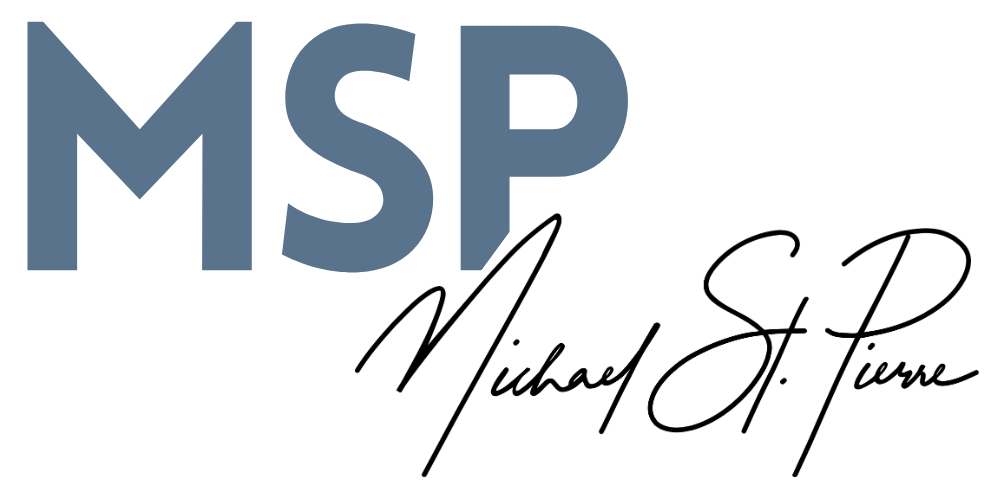By some estimates, we make 35,000 decisions per day. I'm writing this post at 7:42am on a Sunday. So far, I've had to decide on the following:
1. what time to wake up
2. what to wear
3. what to drink
4. how much coffee creamer to put in my coffee
5. whether to have morning devotions on the porch or in the living room
6. whether to text my wife who just ran an errand
7. whether to use Safari or Chrome for the news
8. whether to draft this post now or save it for later
You get the point.
I was a skeptic when I first heard the 35,000 statistic. Then, I was honest with myself and started to inventory the many, many actions I take each day and the decisions that drive them.
This is exhausting and can ultimately sap your energy and your productivity.
Asian Efficiency provides the ultimate guide to overcoming decision fatigue. No need to replicate their good work. Their companion podcast also does an excellent job in breaking the issue down.
Free Personal Growth Template
Get your copy of the personal growth template.
Decision fatigue hit me last week. I arrived home and declared to my wife, "I'm done. I can't make any more decisions today." It wasn't anger. It was exhaustion.
Can you relate? Have you had a time when you were just so tired of making decisions that you felt you couldn't make one more?
The answer, I suspect, and the response to all of this is to do the following:
- Admit that you've got too much on your plate. As the saying goes, the first step is to admit you've got a problem. This isn't a moral failure but an acknowledgement that your life is full and maybe spilling over with commitments.
- Decide today to simplify. The good news? Simplifying takes many forms and can be applied to any of the following areas:
-finances: you can decide to go out less often or automate your bills.
-fitness: you can decide to eat smaller portions or use a meal planning process.
-spirituality: you can decide to use the same prayer book each morning instead of searching for one.
-work: you can decide to work on certain things on certain days.
-wardrobe: you can decide you streamline your wardrobe and pair back your options.
-groceries: you can decide to use an Amazon Dash button to make less decisions at the grocery store.
You get the point. These areas and corresponding actions are easy to read (and actually easy to do) but take courage to act on.
Take the case of simplifying your wardrobe. You and I both know that a simpler wardrobe will save time and money. Yet, if I told you today to go through your closet and write down a few outfits that you absolutely love, that's where the process might fall apart.
Those actions, while not difficult, are hard. They involve loss and further decisions. They involve donating things and possibly buying new things. They take time.
Could your simplifying contribute to decision fatigue? Perhaps but once you press through, keeping your eye on the goal, you'll overcome it. These decisions are actually ones that will counteract the others that feed into decision fatigue.
As a homework assignment, make a small decision today to simplify.
One thing.
Anything.
Realize that it can counteract your decision fatigue and bring more peace of mind. Then, you'll be able to bring your very best self to those you love and ultimately, the whole world.







